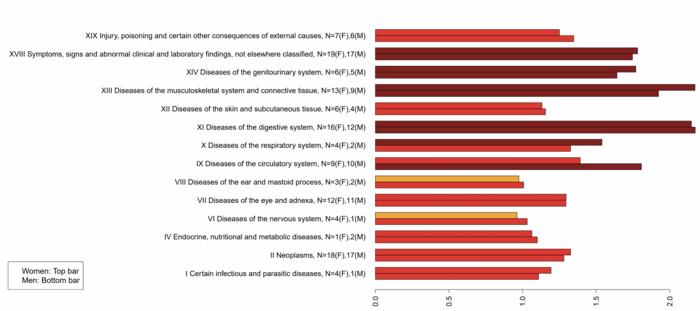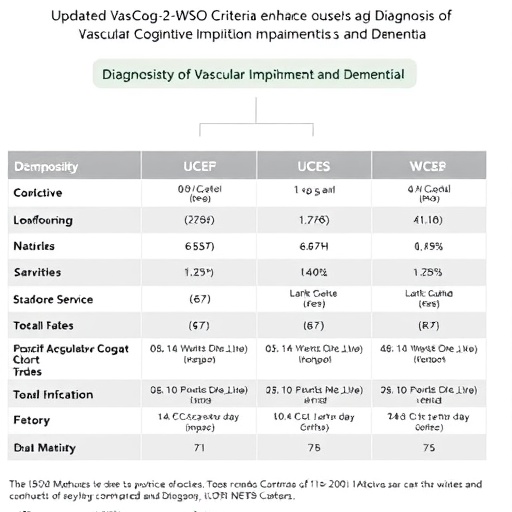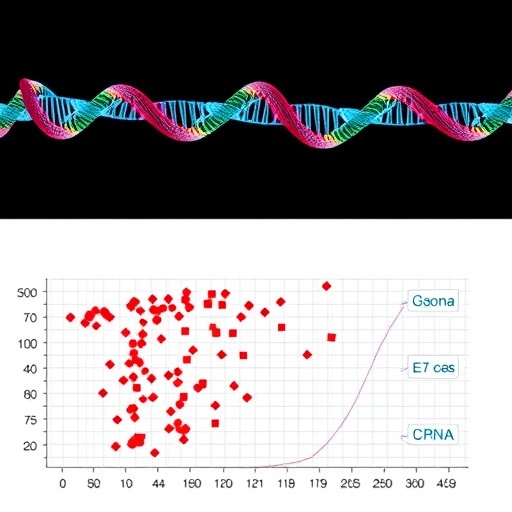Multimorbidity describes the state of having more than one disease. Anthony Webster sought to untangle a puzzle at the heart of multimorbidity: does having had disease make a patient more likely to have another disease, independent of broad risk factors, such as age, smoking status, or weight? Webster applied a Poisson-Binomial distribution with a Weibull model to predict the incidence of 222 common diseases for approximately 500,000 individuals within the UK Biobank cohort, taking into account their age and established risk factors, but ignoring their history of previous disease or pre-existing conditions. Webster then compared the expected number of diagnoses with the actual number, which was higher by about 50%. The same likelihood was found for a large variety of diseases and across men and women, although there were some differences for groups like smokers and high-BMI individuals. For high-BMI men who smoke, the actual rate of new diseases was nearly double the rate expected by risk factors and age alone. Some disease categories, such as diseases of the digestive system and musculoskeletal diseases, also had roughly double the rate expected by risk factors and age alone. The mechanisms by which having a disease modifies future disease risk remain unclear, but the broadly similar findings across many illnesses suggest that risk models might be adapted to take into account the increased risk of developing a disease due to previous, or pre-existing diseases, according to the author.

Credit: A. J. Webster
Multimorbidity describes the state of having more than one disease. Anthony Webster sought to untangle a puzzle at the heart of multimorbidity: does having had disease make a patient more likely to have another disease, independent of broad risk factors, such as age, smoking status, or weight? Webster applied a Poisson-Binomial distribution with a Weibull model to predict the incidence of 222 common diseases for approximately 500,000 individuals within the UK Biobank cohort, taking into account their age and established risk factors, but ignoring their history of previous disease or pre-existing conditions. Webster then compared the expected number of diagnoses with the actual number, which was higher by about 50%. The same likelihood was found for a large variety of diseases and across men and women, although there were some differences for groups like smokers and high-BMI individuals. For high-BMI men who smoke, the actual rate of new diseases was nearly double the rate expected by risk factors and age alone. Some disease categories, such as diseases of the digestive system and musculoskeletal diseases, also had roughly double the rate expected by risk factors and age alone. The mechanisms by which having a disease modifies future disease risk remain unclear, but the broadly similar findings across many illnesses suggest that risk models might be adapted to take into account the increased risk of developing a disease due to previous, or pre-existing diseases, according to the author.
Journal
PNAS Nexus
Article Title
How much disease risk is due to old age and established risk factors?
Article Publication Date
12-Sep-2023




